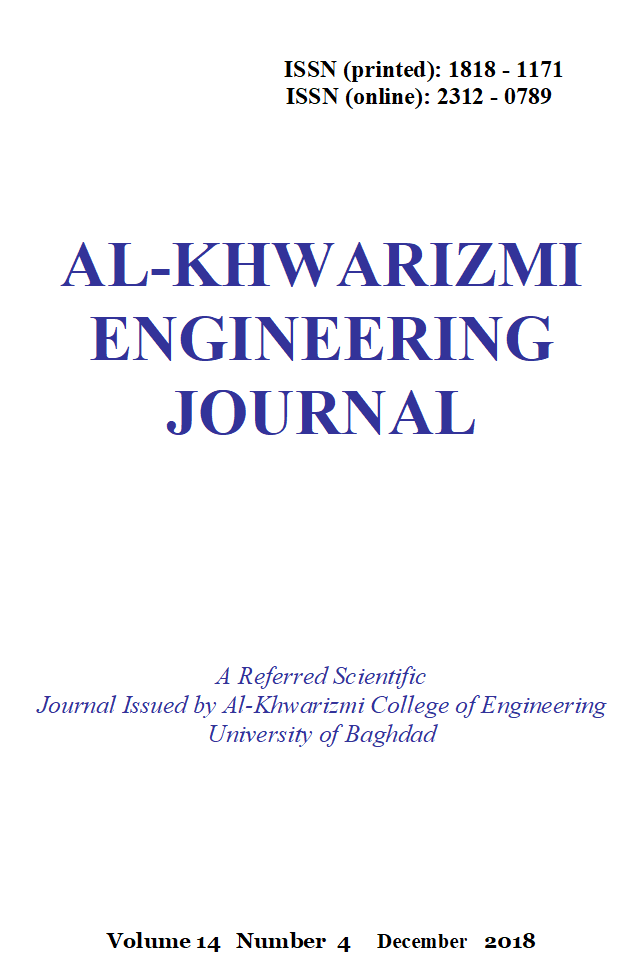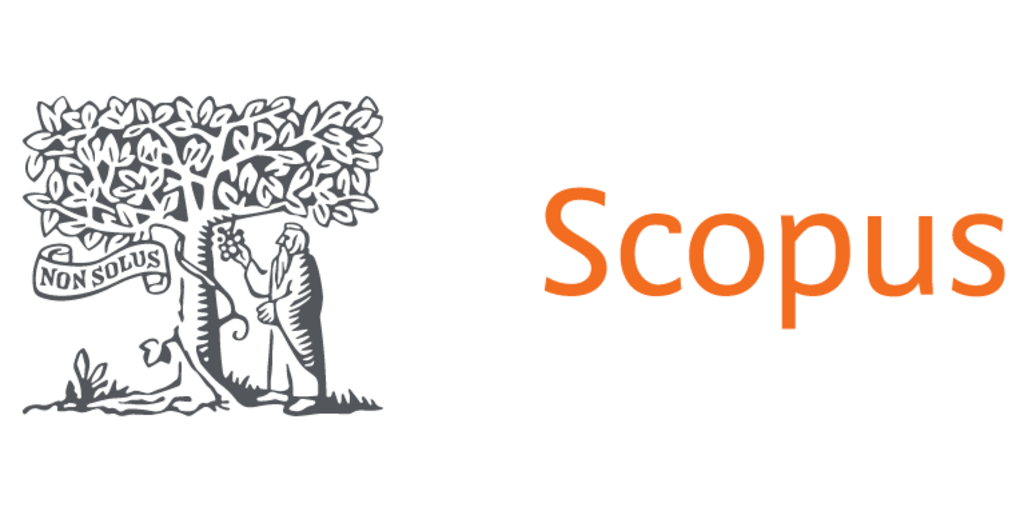The Influence of Alkaline Treatment of Recycled Natural Materials on the Properties of Epoxy Resin Composites
DOI:
https://doi.org/10.22153/kej.2018.05.003Keywords:
Alkaline treatment, composite, epoxy, jute fibers, walnut shell powders.Abstract
Natural fibers and particles reinforced composites are being broadly used due to their bio and specific properties such as low density and easy to machine and production with low cost. In this work, water absorption and mechanical properties such as tensile strength, flexural strength and impact strength of recycled jute fibers reinforced epoxy resin were enhanced by treating these fibers with alkaline solution. The recycled jute fibers were treated with different concentration of (NaOH) solution at (25 0C) for a period of (24) hours. From the obtained results, it was found that all these properties are improved when fibers treated with (7.5wt% NaOH) related to untreated fibers. Conversely, the mentioned properties of composites decreased after fibers treated with (10wt% NaOH). In addition, the hybrid composite with recycled jute fibers and recycled walnut shell powder showed obvious enhancement in the above-mentioned properties.
Downloads
Downloads
Published
Issue
Section
License
Copyright: Open Access authors retain the copyrights of their papers, and all open access articles are distributed under the terms of the Creative Commons Attribution License, which permits unrestricted use, distribution, and reproduction in any medium, provided that the original work is properly cited. The use of general descriptive names, trade names, trademarks, and so forth in this publication, even if not specifically identified, does not imply that these names are not protected by the relevant laws and regulations. While the advice and information in this journal are believed to be true and accurate on the date of its going to press, neither the authors, the editors, nor the publisher can accept any legal responsibility for any errors or omissions that may be made. The publisher makes no warranty, express or implied, with respect to the material contained herein.
















